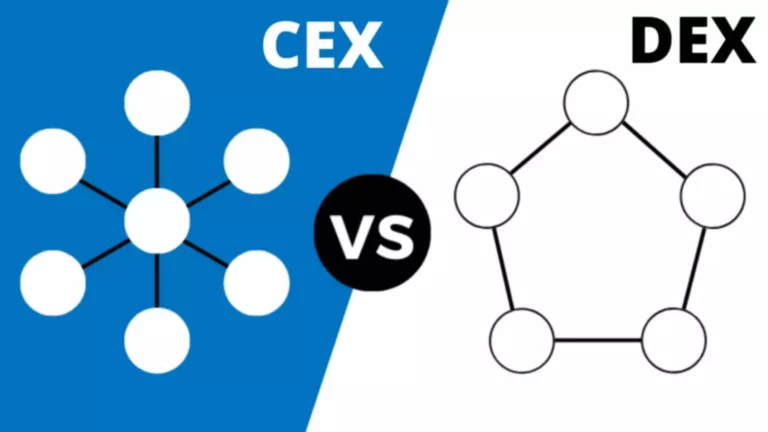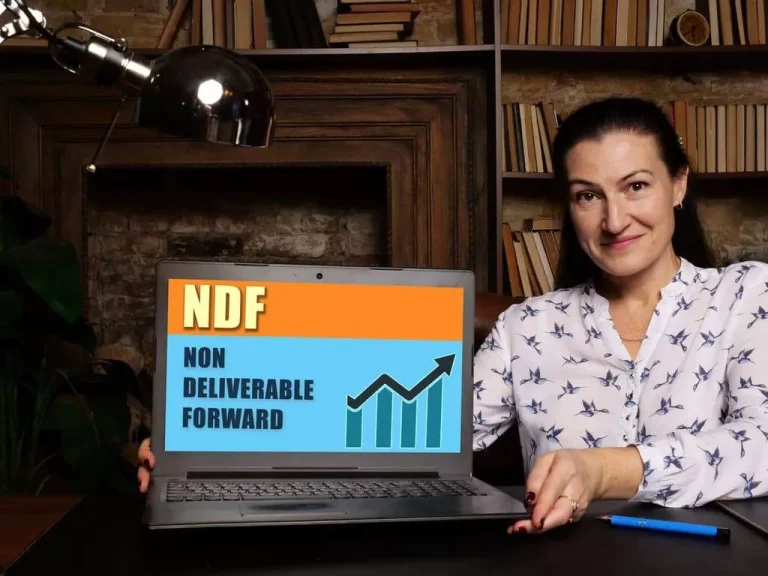Content
Over time, these algorithms adapt their behavior through self-learning and learn to coordinate independently, even without direct instructions or communication. This AI collusion suggests that market liquidity and price informativeness may be what is algorithmic trading example negatively impacted. Once the algorithmic trading program has been created, the next step is backtesting.
Examples of Algorithmic Trading Strategies
Peter began his journey with Quantra’s self-paced courses, which provided an accessible entry point into algorithmic trading. These courses allowed him to explore critical concepts like portfolio optimization, position sizing, and alpha mining https://www.xcritical.com/ at his own pace. A moving average, or different momentum indicators like relative strength index (RSI) are quite common. An over-reliance on automation can be dangerous given the set parameters in which algorithms operate, and unexpected events like a bubble or crash can expose the inflexibilities of code. Automation also allows for efficiency by taking advantage of smaller price movements.

How to Use an Options Payoff Graph Generator for Risk Management in Options Trading
She holds a Bachelor of Science in Finance degree from Bridgewater State University and helps develop content strategies. Thomas J Catalano is a CFP and Registered Investment Adviser with the state of South Carolina, where he launched his own financial advisory firm in 2018. Thomas’ experience gives him expertise in a variety Yield Farming of areas including investments, retirement, insurance, and financial planning.
- Depending on how you like to study, you can enroll in a formal university program, take a course on a platform like Skillshare, or self-study using textbooks.
- Trading becomes highly strategic when multiple investors are informed about the asset’s value.
- It also provides a simple, flexible pricing structure that can meet all pockets together with a 14-day free trial as well.
- Whether you’re a curious novice trader or a seasoned expert looking to refine your toolset with advanced techniques, this article’s got you covered.
- Marketing making algos can also be used for matching buy and sell orders.
- For example, if the stock price is below the average stock price, it might be a worthy trade based on the assumption that it will revert to its mean (e.g. rise in price).
Learn algorithmic trading from scratch

The amount of money needed for algorithmic trading can vary substantially depending on the strategy used, the brokerage chosen, and the markets traded. We’ve separated these algorithms since they function differently than those above and are at the heart of debates over using artificial intelligence (AI) in finance. Black box algorithms are not just preset executable rules for certain strategies. The name is for a family of algorithms in trading and a host of other fields. The term black box refers to an algorithm with obscure and undisclosable internal mechanisms. A classic example involves tracking stock prices over a specific period and identifying those that have risen the most as potential buys, and those that have fallen the most as possible sells.
Moving average trading algorithm example
If we look at it more from a perspective of the amount of money it’s making versus the huge amount of infrastructure in place then I cannot make a lot of profit considering it runs on only one. R is excellent for dealing with huge amounts of data and has a high computation power as well. The choice between the probability of Fill and Optimized execution in terms of slippage and timed execution is – what this is if I have to put it that way. If you choose to quote, then you need to decide what are quoting for, this is how pair trading works.
However, algorithmic homogenization plays a crucial role in facilitating AI collusion, which can occur when algorithms are developed from similar foundational models, effectively creating a hub-and-spoke conspiracy. Algorithms are transforming market efficiency and risk dynamics, presenting both opportunities and risks. Understanding AI collusion in financial market and its implications is essential for navigating the evolving landscape. “It was important for me to find a program that didn’t just provide information but allowed me to apply what I learned to my own style of trading.” With fewer barriers to entry, it’s easier now to be an algorithmic trader than it has ever been. The trader then cancels the orders once the price has moved upwards and will then buy the stock, profiting nicely from the price move.
These average price benchmarks are measured and calculated by computers by applying the time-weighted average price or more usually by the volume-weighted average price. Before moving ahead, take a quick look at the 15 most popular algo trading strategies, used by traders and investors to automate their trading decisions. Additionally, some trading strategies mentioned above, such as high frequency trading, are only possible with algorithmic systems. Being able to build profits in a quiet market with small movements is a relatively new development in trading, all made possible by algorithmic strategies. These rapid trades also reduce implementation shortfall, which occurs when a trader receives a different price than expected due to lags in the trading process. For instance, the algorithm would buy Microsoft (MSFT) shares if the current price is lower than the 20-day moving average and sell if the price exceeds the 20-day moving average.

These strategies are often used in conjunction with technical indicators. Access to real-time and historical market data is essential for algorithmic trading. Data feeds and APIs allow traders to gather the information required for strategy development and execution. Yes, prop (proprietary) trading firms often allow and even encourage algorithmic trading.
We can also look at earnings to understand the movements in stock prices. Strategies based on either past returns (price momentum strategies) or earnings surprise (known as earnings momentum strategies) exploit market under-reaction to different pieces of information. As you are already into trading, you know that trends can be detected by following stocks and ETFs that have been continuously going up for days, weeks or even several months in a row. Momentum trading strategies seek to profit from the continuance of the existing trend by taking advantage of market swings.
Algorithmic trading strategies enable traders to execute orders at the best possible prices with speed and precision. Among the top strategies, arbitrage, including statistical arbitrage, takes advantage of price discrepancies across markets or securities. Mean reversion strategies bank on the principle that prices tend to move back to their average over time. Several types of trading algorithms help investors decide whether to buy or sell.
If these informed investors trade the asset intensively, their private information will quickly be reflected in the market, leading to significant price changes that can render their trading unprofitable. To maximize profits, informed investors may coordinate their trading to allow their private information to be gradually absorbed by the market without causing immediate, substantial price fluctuations. This coordinated trading behavior among informed investors is known as collusion. Like all trading strategies, there can be considerable profit when executed well and with effective risk management built in. However, institutional players hold a lot of the cards here, and a retail trader would need considerable experience and a sophisticated algorithm to make consistent profits. However, its risks can be mitigated through thorough strategy testing, robust risk management protocols, and continuous monitoring.
Check out if your query about algorithmic trading strategies exists over there, or feel free to reach out to us here and we’d be glad to help you. Here are some of the most commonly asked questions about algorithmic trading strategies which we came across during our Ask Me Anything session on Algorithmic Trading. We will explain how an algorithmic trading strategy is built, step-by-step. Next, we will go through the step-by-step procedure to build an algorithmic trading strategy. As I had mentioned earlier, the primary objective of market making is to infuse liquidity in securities that are not traded on stock exchanges. In order to measure the liquidity, we take the bid-ask spread and trading volumes into consideration.
Typically this algorithm incorporates support and resistance, swing high/low, pivot points or other key technical indicators. This action will induce other traders to trade off the back of that move. Most traders don’t have money to pay for powerful computers and expensive collocation servers.
Some investors may contest that this type of trading creates an unfair trading environment that adversely impacts markets. Algorithmic trading (also called automated trading, black-box trading, or algo-trading) uses a computer program that follows a defined set of instructions (an algorithm) to place a trade. The trade, in theory, can generate profits at a speed and frequency that is impossible for a human trader. Investors can profit from trading an asset if they possess more knowledge about its value than other investors. Trading becomes highly strategic when multiple investors are informed about the asset’s value.

